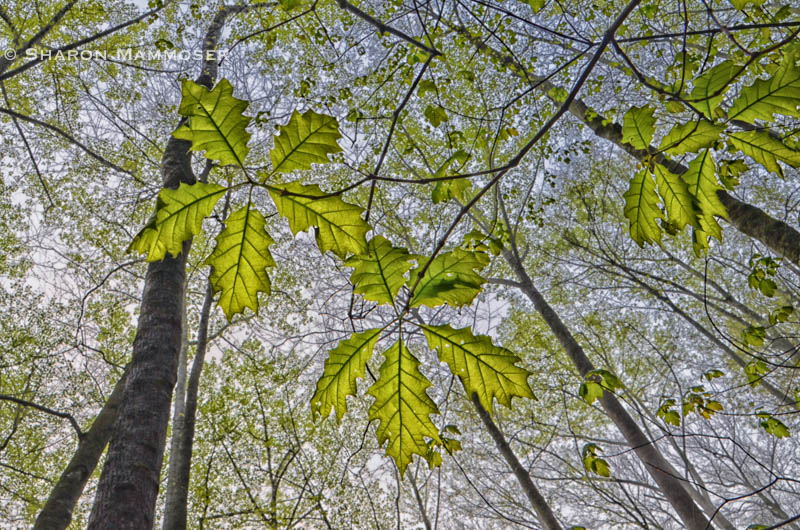I recently went on a backpacking trip with my friend Kim who is the owner of Milkweed Meadow Farms in Fruitland, NC and a wealth of knowledge about all kinds of things from pollinators to plants. We talked about a new book that came out in March called The Nature of Oaks: The Rich Ecology of Our Most Essential Native Treesby author, Douglas W. Tallamy. After our hike she sent me a link to a talk he gave about his book for a Speaker Series through Ohio State University. (Thanks Kim!) I learned so much watching this that I thought I would share just a few things with you.
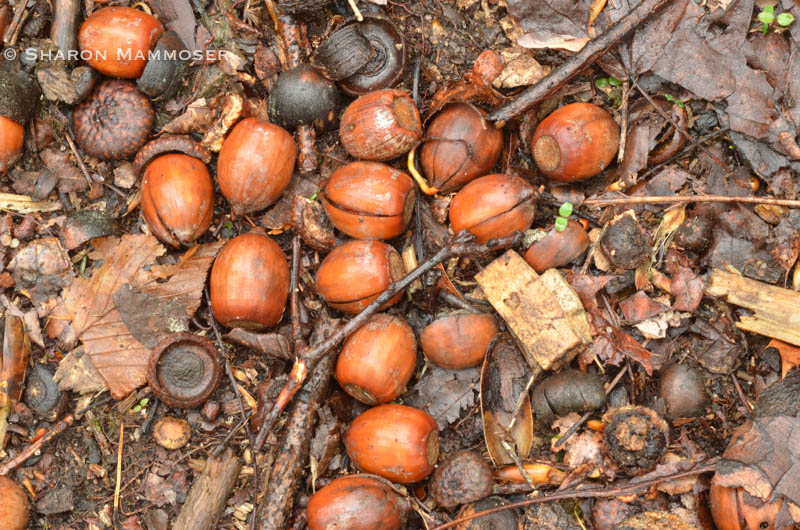
But first, a story about me as a child. From a young age, I loved nature and being outside and spent a lot of time exploring the wild land around my family’s house in western New York. As I suspect many young children do, I loved to hunt for “treasures” and often collected things like butterfly wings, rocks, feathers and other interesting specimens I came across. One fall when I was 8 or 9 I remember collecting a whole bunch of acorns, thinking they were the perfect treasure. I loved the perfection of the tiny caps that sat on top of the acorns and the feel of them in my hand. What should I do with them, I wondered, putting them in a bag and then, as often happens, getting distracted by other things and forgetting about them. Many months passed until one day my Mom decided it was time for spring cleaning and gave my brothers and I the job of cleaning our rooms, including under the beds. Imagine my horror when I saw fat, white-grub-like worms there among the acorns that had spilled out of the bag under my bed. Oh the horror! I had no idea where all those maggot-like-grubs came from but since they were near the acorn bag, I suspected that was the origin. How, I had no idea. Nor was the internet around to just look it up. Not mentioning this to anyone in my family–certainly not my Mom!–I quickly swept up all the evidence and ran it outside to throw it in the bushes. My secret until now. (Actually, I told this story to my amazing husband years ago, and, as a woodturner, he made me some acorns. They look very real! But no acorn weevils will ever crawl out of them!)
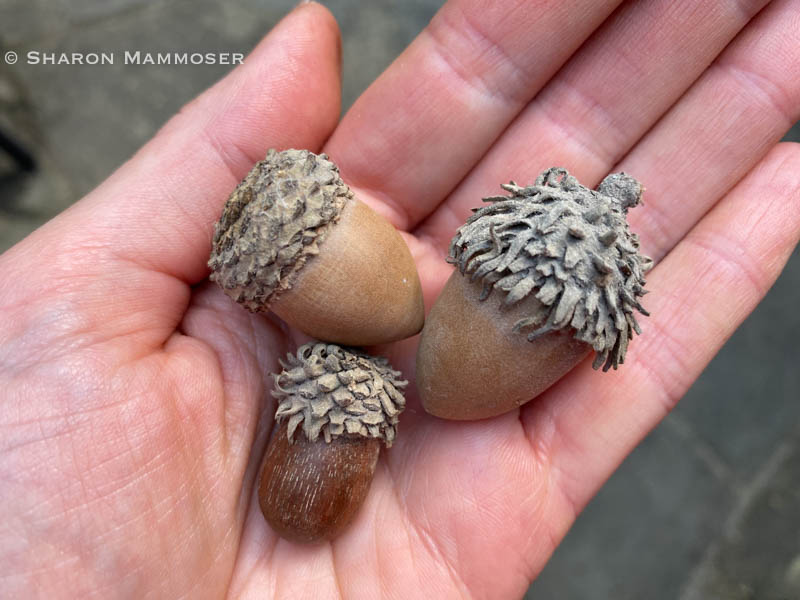
Did you know that there is an insect called an Acorn Weevil that uses her super long snout to drill a hole in an acorn, then turns around and lays her eggs inside a growing, green acorn while it is still on the oak tree? The egg hatches inside the acorn and the tiny larva feeds on the nut. Then, in the autumn after the acorns falls to the ground, the tiny grub-like larva tunnels its way out a 1/8 inch hole and burrows down into the soil where it will remain for the next 1-3 years until it becomes an adult Acorn Weevil.
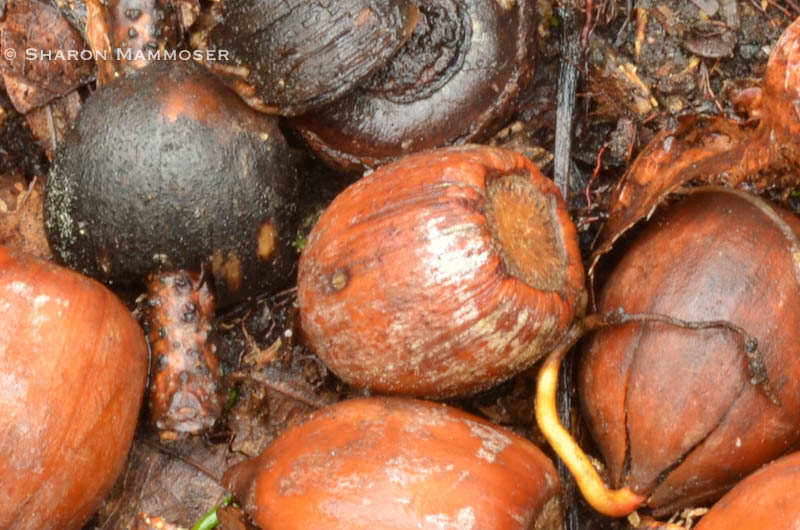
Animals like blue jays, deer, squirrels, mice and many others who eat the acorns sometimes get a bonus protein boost if there’s a developing larva inside. (And just in case you’re wondering, acorn weevils and their larvae don’t bite, they don’t spread disease, they are in no way a danger to people, unless you count being a bit “grossed-out” by the very idea of sharing your living space with them.) Anyway, the lesson learned is maybe don’t collect acorns and bring them into your house unless you have cooked or frozen them to kill the Acorn Weevil larvae.
In addition to the acorn weevil, many other animals, including many insects have developed a relationship with oak trees. According to Doug Tallamy, “oaks support 534 different species of caterpillars. This is more than any other native tree or plant.” Did you know caterpillars are the primary source of food for migrating birds as well as baby birds? Caterpillars are rich in nutrients the developing birds need to grow and thrive. If you love birds, then you must support caterpillars and other insects as in North America a whopping 96% of terrestrial birds require insects like caterpillars for their babies. We can’t have birds without also having trees and plants that support caterpillars and other insects.
There is so much more to say about oaks, from their biodiversity value to how they have the best leaf litter or how they promote healthy watersheds but I will save that for you to learn if you read Doug Tallamy’s book. For now, let’s move on and play Can You Spot the Lie about Oak Trees. See if you can find the one false “fact.”
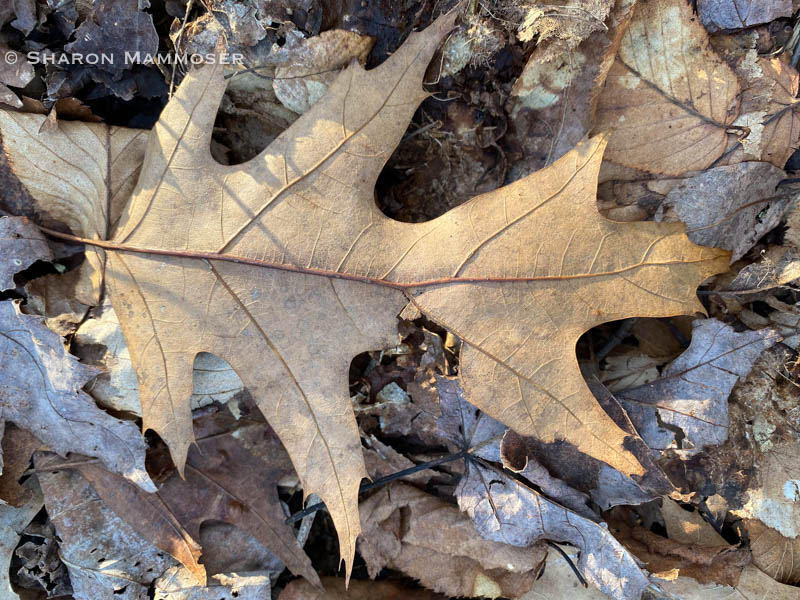
Oak Trees
- One Oak Tree can produce 3 million acorns in its life.
- Oak trees start producing acorns when they are 10 years old.
- Oak trees can live 900 years.
Can you pick out the one that is not true? Click here to see if you are correct.


